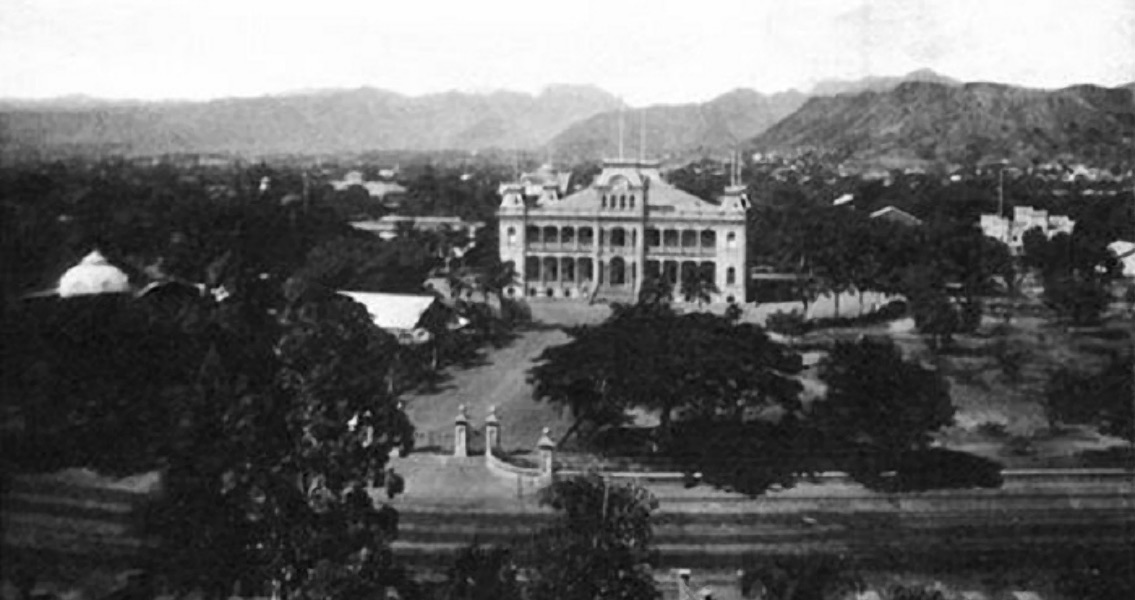<
The End of Monarchy in Hawaii
